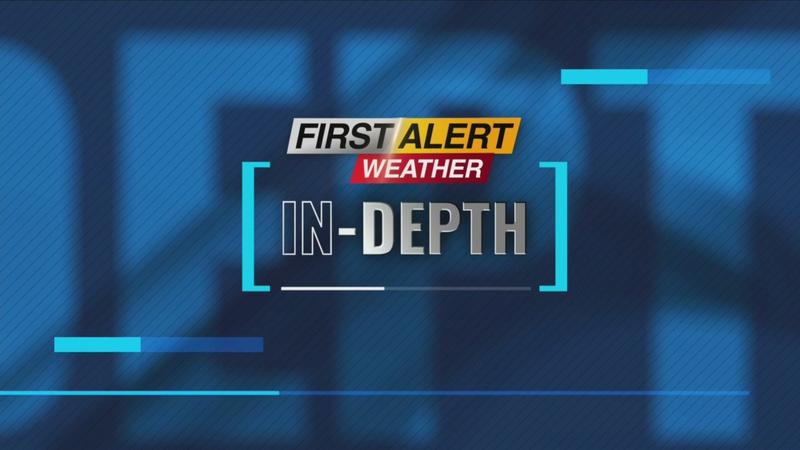First Alert Weather In-Depth: A scientific observation From Lake Ontario

ROCHESTER, N.Y. — Meteorologist Glenn Johnson has explained in the past some of the many of the tools that a meteorologist has available to decipher the weather.
Weather observation stations that are land-based and are numerous across Western New York. But, getting data over (and under) Lake Ontario a little more difficult. The National Oceanic and Atmospheric Administration (NOAA) has a buoy system that helps to close that gap in the data. Glenn likes to think this as part of your tax dollars at work.
The buoy is an amazing piece of technology gathering data from a remote locations. It’s only functional during the warmer months because of the harsh conditions we experience during the winter. It’s solar-powered technology that sends a tremendous amount of data to anybody that knows where to look. Most of the buoys are located up and down the east coast including the Gulf of Mexico and the Caribbean.
But, our focus is the great lakes. The closest buoy to us is approximately 20 nautical miles north to northeast of the Rochester shoreline. It sends back data on atmospheric pressure, dew point, winds and air temperature. In addition, it continuously measures the water temperature, wave heights and wave period (duration between waves).
This can be valuable information for mariners with that information is available to you 24 hours per day. Just click on this link. This data also includes the latest camara photos of the big lake directly from the buoy!